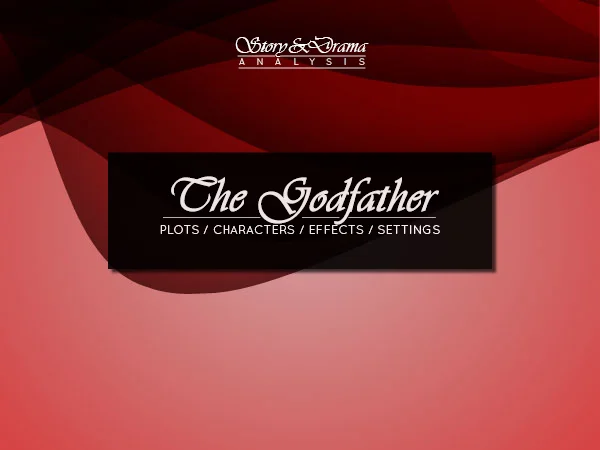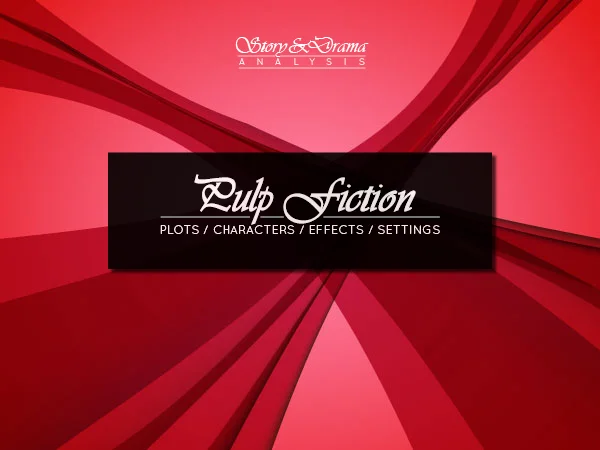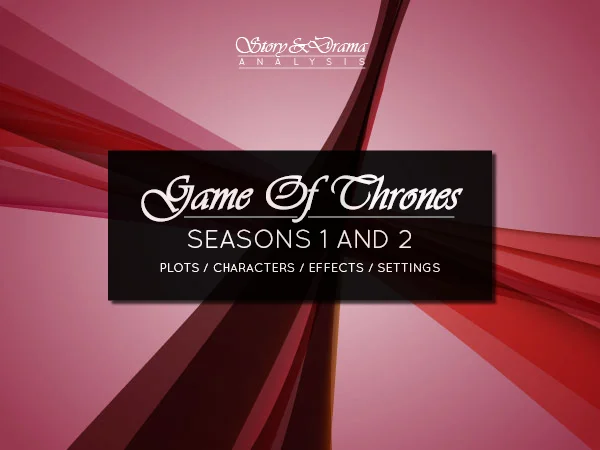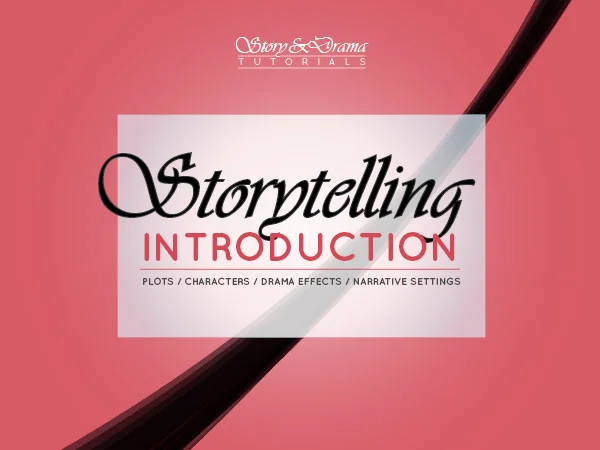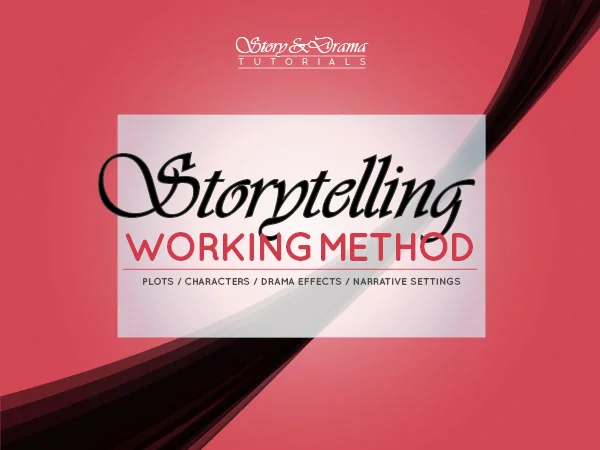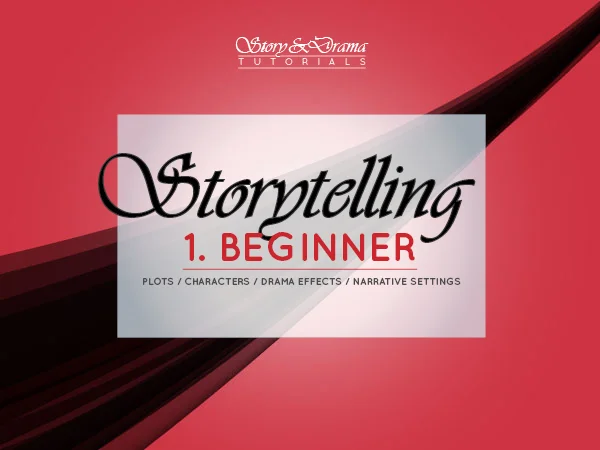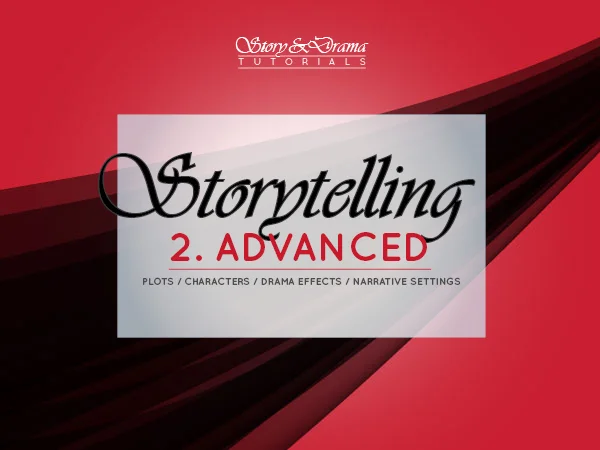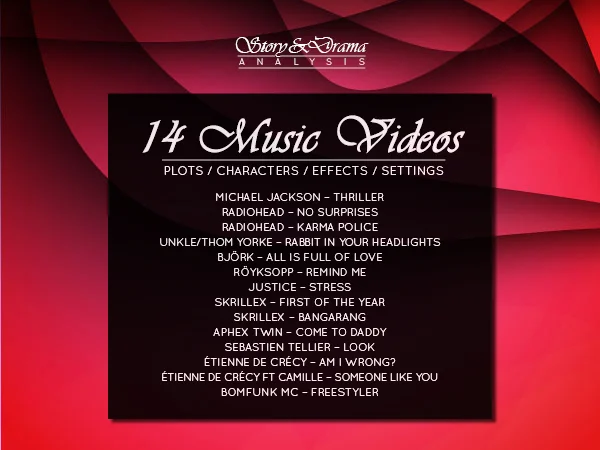How to talk nonsense on the Internet
False teachers and false knowledge
Hello, how are you? 🙂
Before I try to answer the question you asked to Google, I’ll start by warning you about the quality of what you can find on the Internet in terms of screenwriting advice.
The Internet is the medium for the best and the worst, and you really can find anything on it. And Google, which is just a dumb program that doesn’t understand what it’s reading, will recommend just about anything as long as the words you’re looking for are present in the content of an article, even if it sucks.
For the issue at hand, you will find for example :
- people who explain how to write a screenplay, when they have never written, published or shot one (this is almost the case of the storytelling guru Robert McKee, author of the Story manual, and who has only one not-so-great film to his credit as a screenwriter…)
- fundamentally commercial sites, which only publish on this theme to make clicks and earn money with ads
- and poor quality articles that do not treat the subject seriously.
Many of the articles that rank high on Google tell you a lot of nonsense, as if there were really 5 or 19 imperative steps that 100% of the writers would always follow, or 13 things to avoid.
Real writer and real storytelling teacher
My name is Ludovic Bablon and I have made a career as a writer, poet and novelist, and literary critic.
In Berlin, I set up a writing workshop to teach storytelling in general.
Indeed, I am convinced that the structures of storytelling, of story writing, are universal and do not vary according to the medium – what varies is not the deeper structures of storytelling, such as plots and characters, it is simply the medium itself and the effects one can do with it.
You can tell the same story in a novel, a song, a comic book, or a movie, but not in the same way. Some effects, however, like a crescendo of narrative intensity, are feasible in any medium.
So I am first and foremost a teacher of storytelling, not a teacher of film, directing, shooting, etc.: I am not an expert on film media.
However, my approach to storytelling is fundamentally multimedia.
In addition, I have participated in the writing of several screenplay projects (for amateur artists who wanted to try their luck, and whom I guided in the conception of the story).
I have also published detailed narrative analyses of the films The Godfather and Pulp Fiction, the first two seasons of the Game of Thrones series, and 14 music videos. In all of these analyses, I’ve shown that the concepts I teach in my screenwriting classes are at work, in different ways.
In short, I know the audiovisual media well, and like you probably, I have watched and admired hundreds of films, series, music videos etc.
How to write a story
There is no universal method, but there are universal narrative structures
Homer did not write the Odyssey like Quentin Tarantino wrote Pulp Fiction.
Uderzo and Goscinny did not write the Asterix and Obelix series like the writers of Game of Thrones.
However, in all the narrative works of the world and in all the times we find exactly the same concepts:
- a story, made of plots
- plots, made of necessary dramatic moments
- characters
- functional relationships between characters
Therefore, when you want to learn how to write a movie script, you actually have to learn TWO different things:
- Storytelling in general
- Audiovisual production
Before you can write specifically for film or television or social networking video, you must first master storytelling!
Narration course
To master the storytelling aspect, you need to know the concepts I’ve outlined in the free introduction to my writing courses:
Introduction to Narrative Writing
Once you have mastered these fundamental tools of narrative writing, I offer you a free working method to elaborate your screenplay, starting from the initial idea and going to the finalized screenplay:
Writing method
After these two forms of initiation, I also offer two more in-depth courses:
Screenplay course 1
Screenplay course 2
Each medium has its own way of telling a story
When you know how to write a story, you can tell it in any medium; but each medium has its own opportunities.
First, notice that different media use both similar and different communication channels:
| cinema / television / video clip / commercial | comic book / manga / photo novel / graphic novel / illustrated book | theater / show | literature | song / music | radio / podcast | |
| Written text | x | x | x | x | ||
| Spoken text (dialogues) or sung |
x | x | x | x | ||
| Music | x | x | x | x | ||
| Sound effects | x | x | x | x | ||
| Still image | x | |||||
| Animated image | x |
How to write a film or short film script
Writing with the media
I’m not going to tell you, unlike all the Internet hucksters, how you SHOULD write your screenplay; but I will remind you what your options are.
The audiovisual medium is rich with possibilities. You can immediately think of the screenplay writing so that it plays with the parameters of the audiovisual medium and its possible channels:
- silent film, talking film, musical film, noisy film, sound or silent film
- color or black and white film or mixed
- text written on the screen or not (panels, inserts, subtitles, staging of animated text, etc.)
- objective” or subjective camera (filming from the point of view of one or more characters)
- numerous locations (even permanent tracking shots like in a road movie) or fixed location in camera (like in 12 Angry Men)
- normal chronology (from the beginning to the end of the plot) or unstructured chronology (as in Pulp Fiction) or even reversed (backwards)
Writing with channels
One of your major options is the style of “putting the story material into media” (capable of being embodied in any media). A film’s identity is defined by these kinds of choices.
In general, a short or feature film will tell the story using three main communication channels: moving images, spoken text, sound effects and music.
Certain works, certain styles, certain genres, or certain periods, distinguish themselves by making different choices of channels:
- silent cinema was deprived of sound, therefore neither voice nor sound effects, which it replaced by written text on the screen; the film The Artist with Jean Dujardin was a hit by taking up the codes of silent cinema, as if there was nothing to stop you from making something new out of something old; and certain films that are nevertheless sound, such as those of Gus Van Sant, are known for their use of silence and their rare dialogue
- the musical replaces all or part of the spoken text by sung text and music
- some films by Jean-Luc Godard or Gaspard Noé have made great use of written text on the screen, transforming the film into a text; even Star Wars opens with a scrolling text…
Writing with genres
One never writes alone in one’s corner: one participates in a culture, which has a history, traditions, codes, which one will respect or transgress.
After 120 years of existence, cinema has accumulated many genres: the burlesque, the western, the romantic comedy, the detective film, the thriller, the fantasy film, the science fiction, etc.
When you write your film, you necessarily enter into a dialogue with these cinematic cultures that you share with your audience.
So ask yourself what you want to do with the genre of your story: aim right in the middle? Make a marginal work in this genre? Renew the genre? Turn the genre on its head? (as modern films have done with the western, telling stories that emphasize the point of view of the Indians, or telling a love story between two cowboys…) This choice will imply many others in the way you conceive and then tell the script.
Break down the story into scenes and sequences
A feature film is usually characterized by its editing: the action is broken down into a series of coherent sequences, which are themselves broken down into scenes.
There are remarkable exceptions: a few rare films have achieved the feat of telling the entire story in a single take, a single long shot.
If you’re telling the story in the traditional way, then your big problem, once you have an idea of the broad outlines of the story – what the main plot is about, who the central character is, or what the central theme is – will be to break the action down into major sequences, and then to cut these into scenes.
To do this, two conceptual tools can help you:
- the dramatic tension: you can organize in advance crescendos of tension that will punctuate your film; to do this, you can draw tension curves that you like, and only then find out which events correspond to this curve!
- the dramatic prognosis: prognosis is what the audience can calculate will happen, based on the elements you give them throughout the script: for example, the Hero will die, the main characters will get married, the ship will sink, the planet will be saved, etc.; like tension, you can plot the prognosis to meet your intentions, and then find the actions that match it
How to write a music video script
I’ve shown in my 14 music video analyses that there are many beautiful possible ways to write a music video. You can check out my comparison of music video scripts to see this.
Writing a video clip implies to integrate three main constraints:
1/ The duration of the music conditions the duration of the clip (and the scenario must stick to the articulations of the music (verses, choruses, breaks, silences…)
2/ The thematic universe of the song fits with the one of the clip
3/ The audience of the music determines the audience of the clip (an electro or rap clip must correspond to the audiovisual tastes of the audience who listen to electro or rap)
The creative problem of the clip is that it must stick with the music, the lyrics, and the universe of the artist, without being merely illustrative; often, the best clips are allusive and enrich the song by adding many elements that were not there but that enter in harmony with it.
For example:
- the song First of the year was not about pedocriminality, but the clip shows a little girl destroying a pedophile
- the song All is full of love was not about robots, but the clip shows two humanoid, female robots making love with grace.
As with any story, I advocate basing the creative process on a MESSAGE to convey to the audience, a message that the audience will necessarily validate. Examples of good messages:
- “You can beat death with willpower” (clip from Rabbit in your headlight)
- “Innocence is stronger than crime” (clip of First of the year)
- “A woman’s buttocks are an invitation to dream” (clip from Look)
One of the questions to resolve in a music video scenario is: do we represent the artist in the video, or not? On average, I find more interesting the narrative clips that are purely fictional and do not show the artist – except when the artist is integrated into the story, like Michael Jackson in the most famous clip: Thriller.
How to write a commercial script
Audiovisual advertising poses singular problems: it aims to highlight a brand and a product, but it must tell something other than a flat description of the product.
Thus, ads for Nutella or McDonald’s are about happy families, and not so much about fluffy dough or toxic meat…
Ads for cars talk about virility, comfort, power, or… saving the planet by burning oil.
Ads for banks talk about security and future… and not about being robbed by premiums.
The ad actually tells a story whose deep meaning will embody the BENEFIT brought by the product: Nutella makes people happy, the Audi makes the driver powerful, the BNP keeps savers’ money safe in a tax haven.
Making an ad therefore implies integrating both the universe of a product and the tastes of its customers. You won’t often sell laundry detergent or mortgage insurance with a subversive ad.
